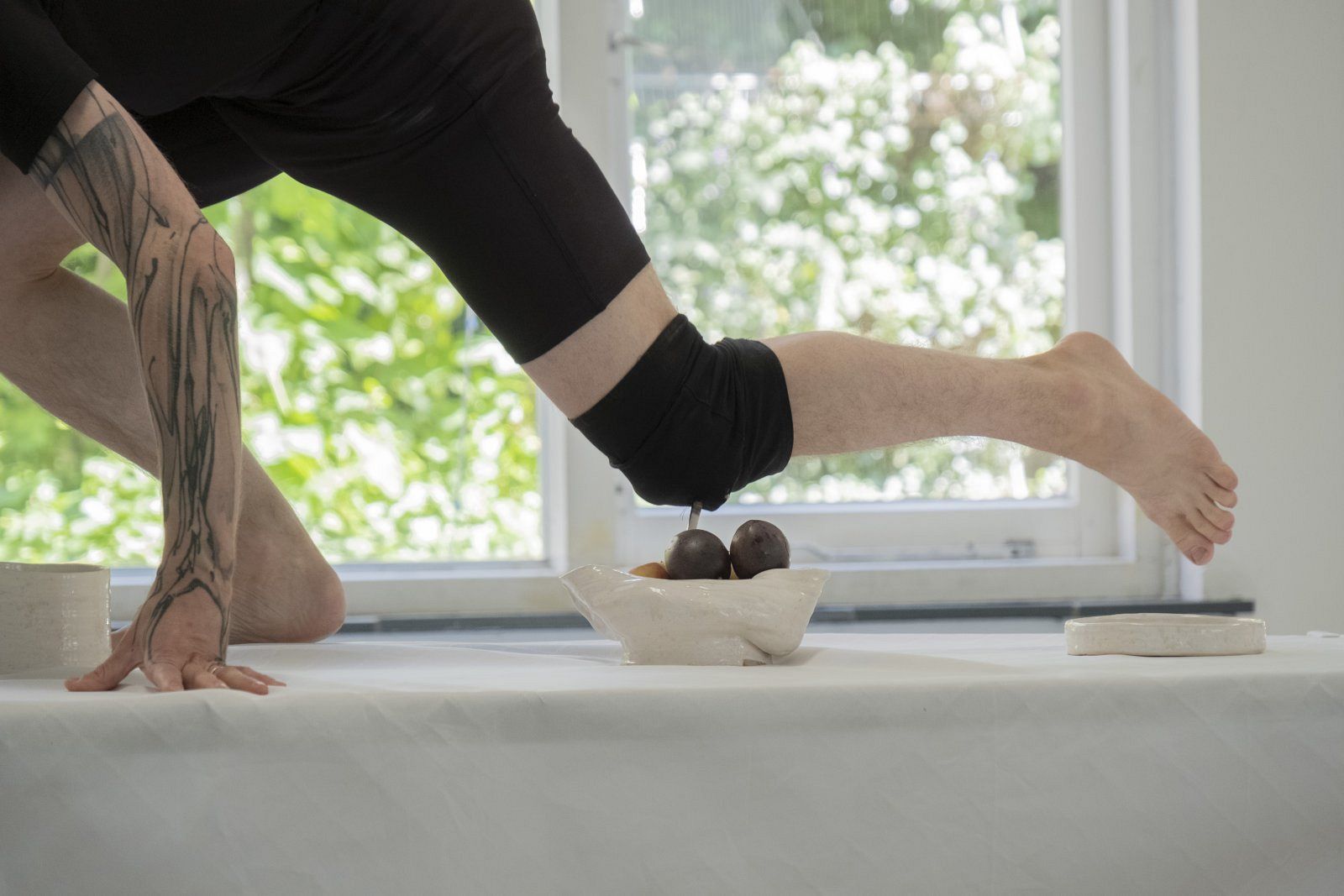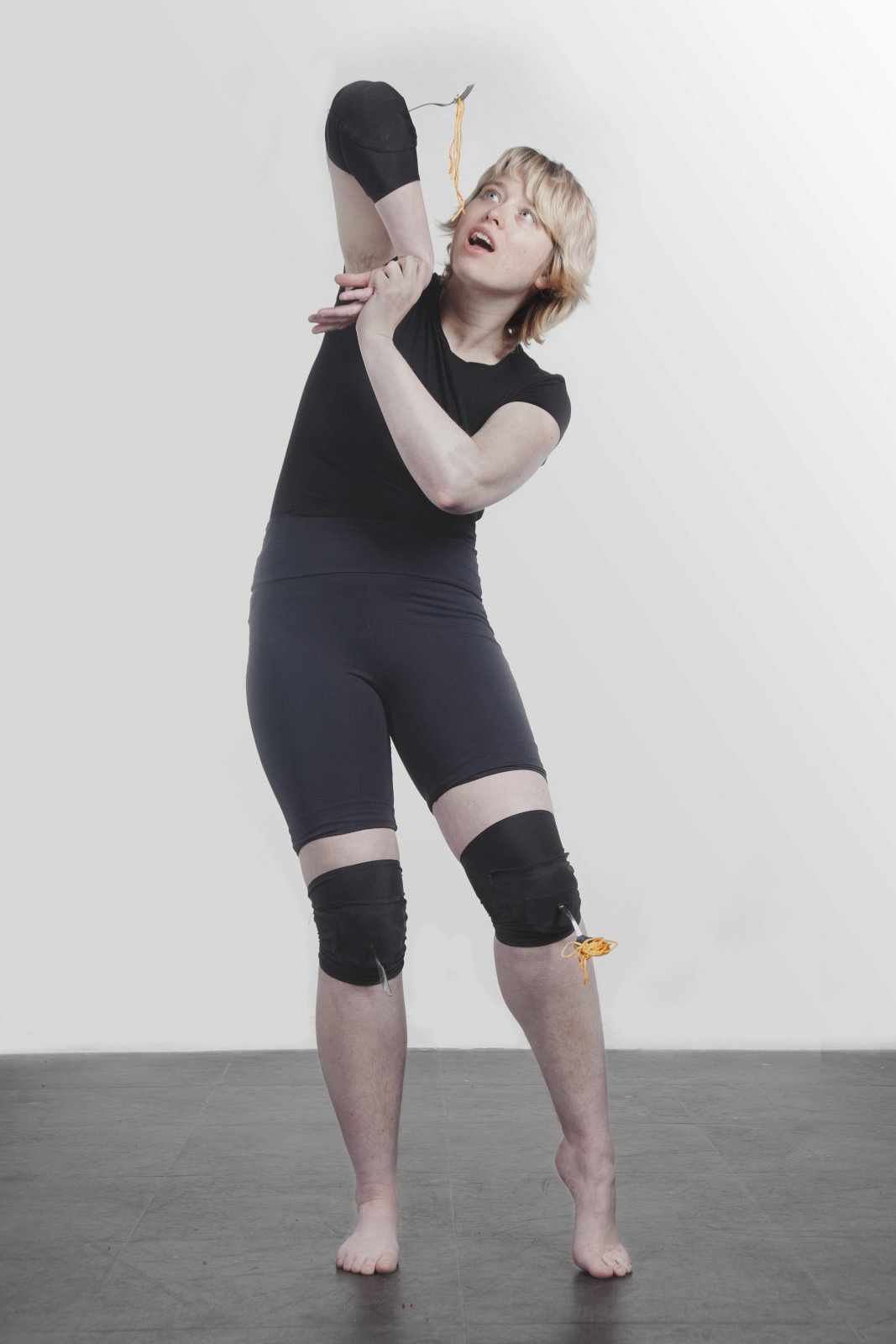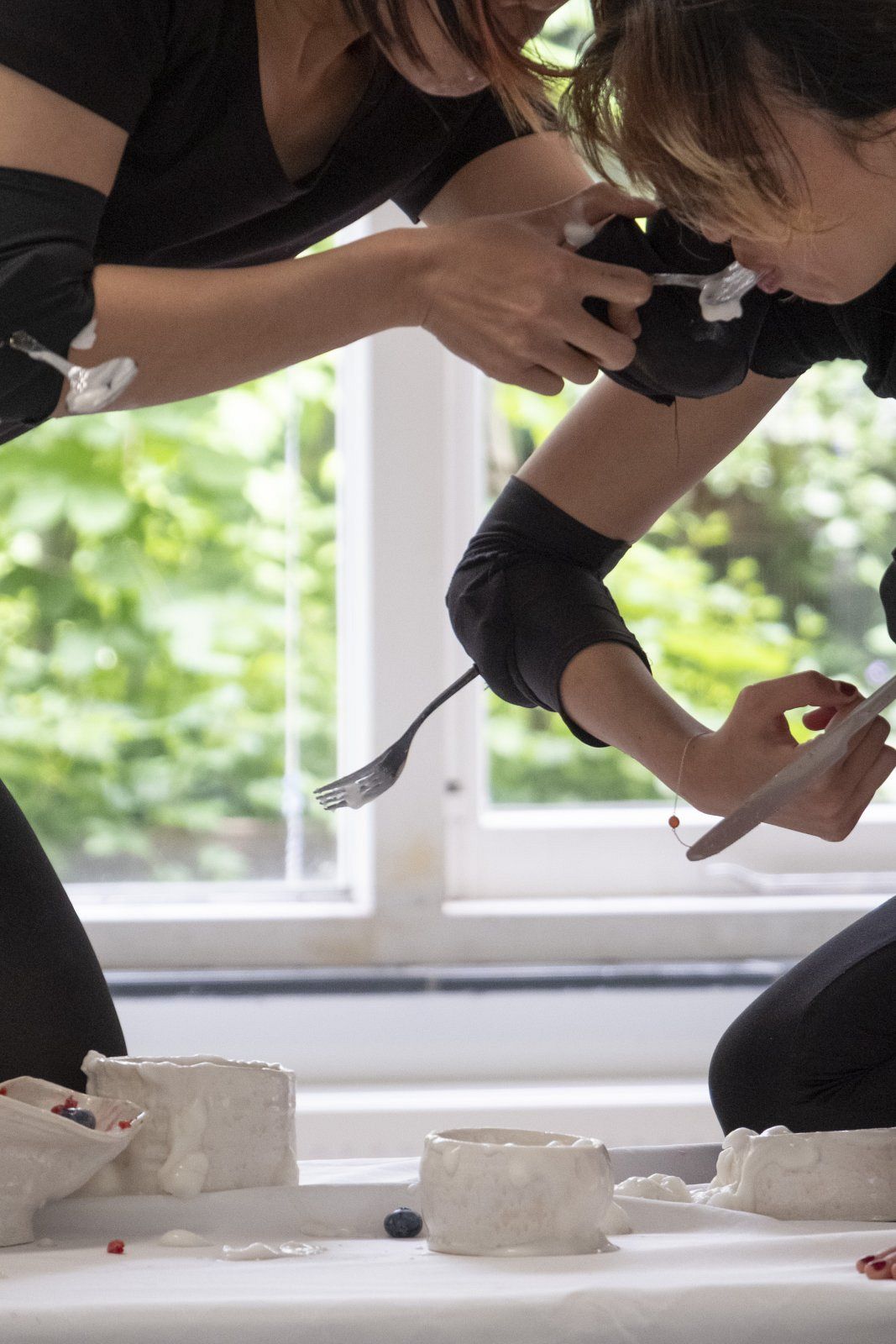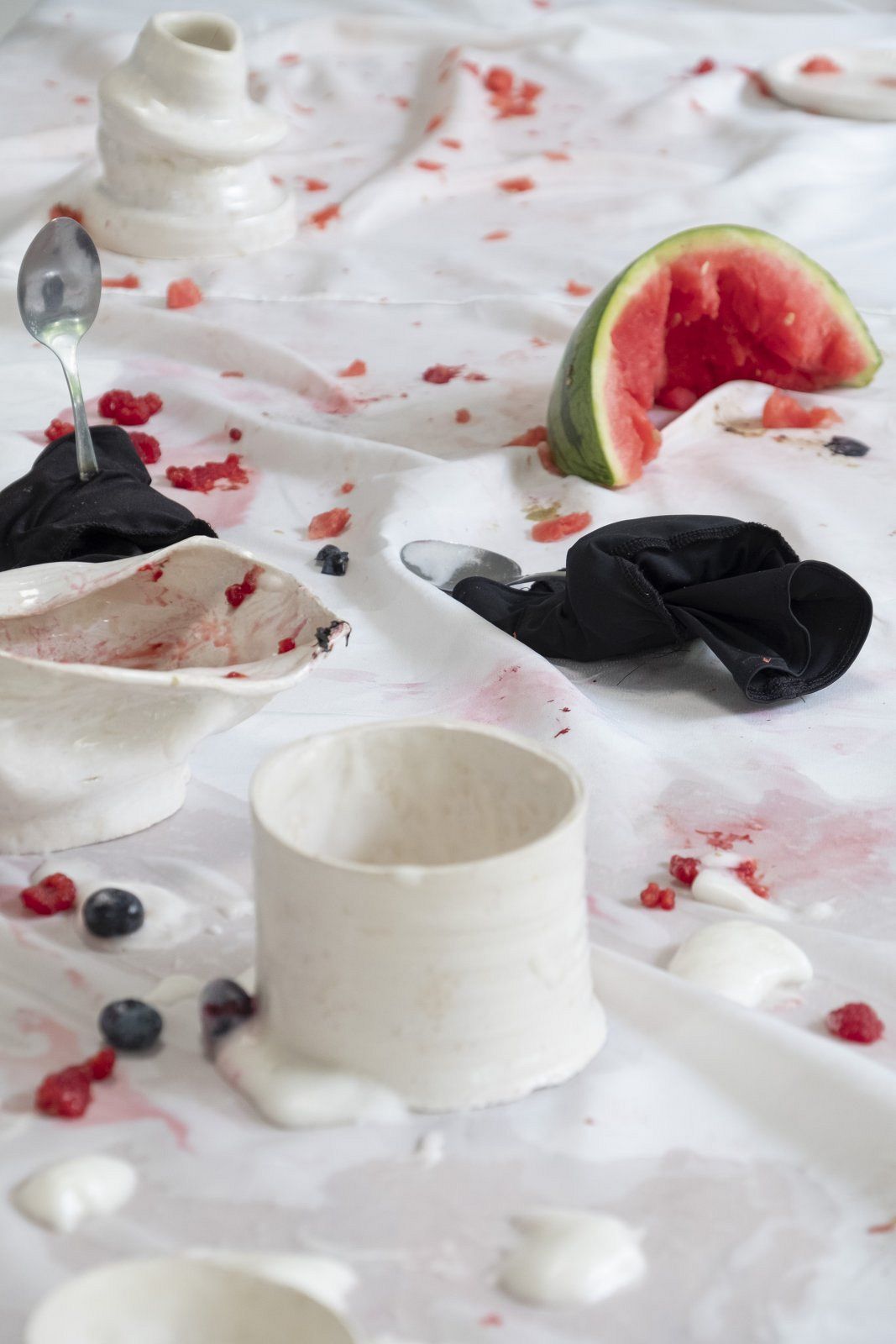
At some point in time, the idea of the consumption of food was transformed from a biological necessity into a carefully cultured phenomenon of lifestyle. All the information we have about food and eating has been passed on and developed from generation to generation to the cultures of today. These are the things we call our table manners or food ethics. The ways we consume and process or choose to socialize around food.
In my perspective, these ideas were built to reduce violent social interactions, as well as crave for stronger bonds urging people to find spaces where they can be peaceful; like a dinner table.
Since food and dining are very important ways for social interactions, securing unity and eradicating violence may have become cultural missions for some. But is it the case? How effectively do societies establish this peace at the table? The dinner focuses on visualising dinner scenarios as a performative act that plays with the ideas of Western table manners. It comes from questioning the possibilities of creating different eating scenarios and behavior at the dinner table, by simply not holding our cutleries with our hands. This will allow us to explore how much change this behavior would bring to our accustomed table manners and the accepted etiquette around the dinner table.
Performers: Anne - Florence Neveu, Leon Lapa Pareira, Jacco Borggreve, Tingyi Jiang and Milu Chan.
Video and Photos by Jocelyn Yan, Pedro Gossler and Jesus Canuto Iglesias
Special thanks to Hee Eun Kim and Gökay Atabek.
Cemre Kara is a Turkish artist, currently studying at the Artscience Interfaculty at The Royal Academy of Arts, in The Hague, in The Netherlands. Over the years her work developed to be working with a variety of mediums from live-performance, including audio-visual elements, to sensory experiences, and food”. Her work comes from the interest for storytelling as a practice and the exploration of different narrative techniques, such as communication through food and the culture around it. Her ongoing project is focused on rethinking dining tools and by our table manners, in order to reshape the perception of food.




VIOLENCE AT DINNER
Thesis
Gathering in groups to share a meal is one of the pillars of society. It is an intrinsic human-to-human interaction that’s been used for many purposes including; a fertile or/and neutral ground for discussion, arguments, problems, and dilemmas between groups of people or separated individuals. The establishment of a safe space like this is meant to build a strong understructure. Preventing possible violence at all costs and eradicating possible violent behavior patterns from our dining culture. In my opinion, the creation of cultural table rules/manners came from that necessity. However, in time, the violence that occurred at the table was getting more and more complex to identify and prevent only with our table manners because of the complex relationships within the social dynamics of societies. For this time, the focus will be on looking at the examples of the progression of Western dining culture, in relationship to the prevention of violence at the dining table. My focal point will be to examine the question “ to what extent violence signifies in the context of dining culture?”